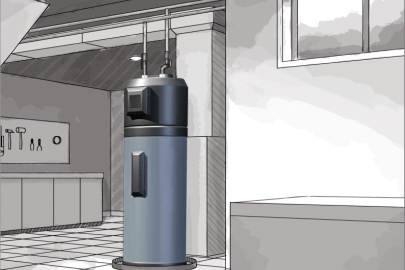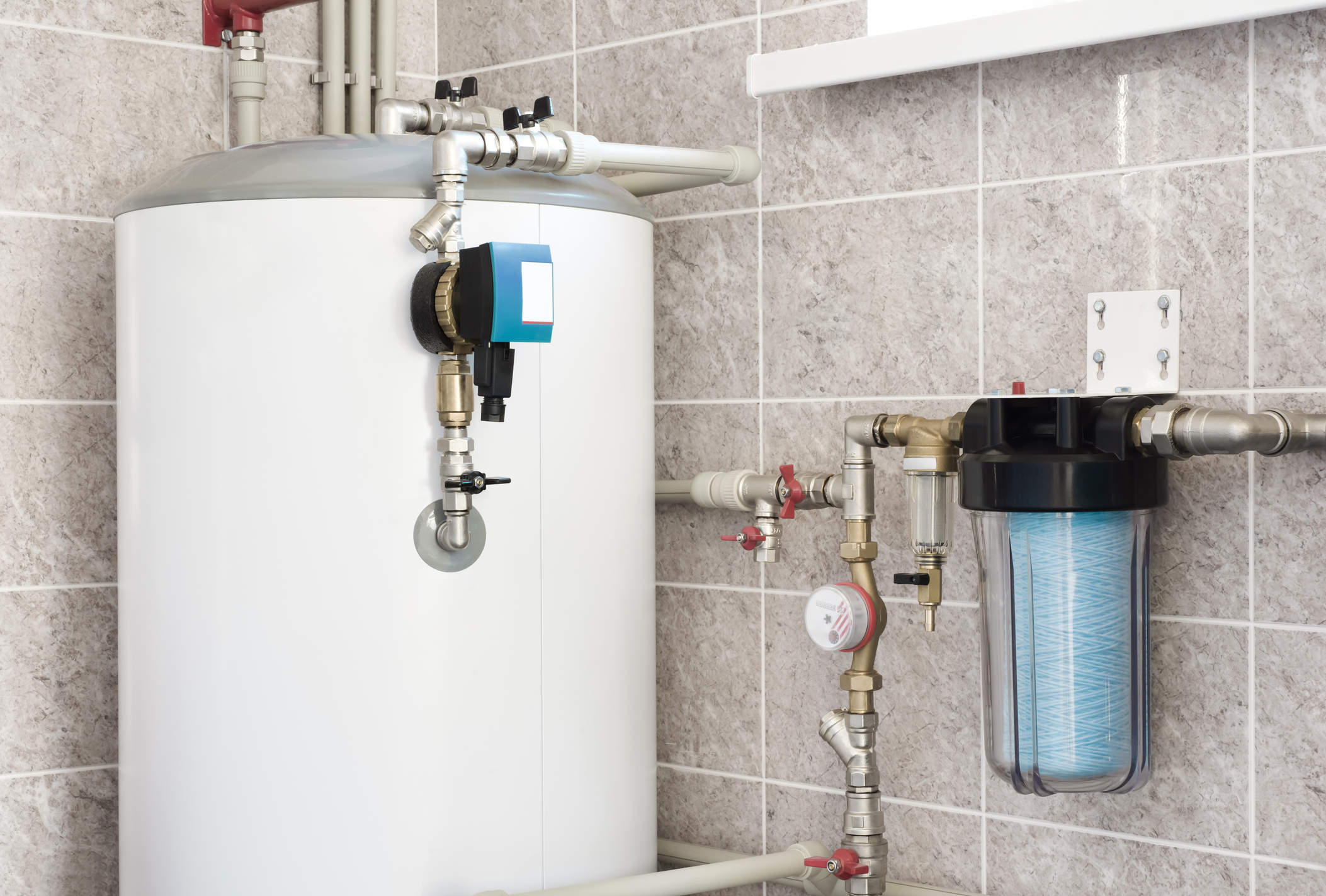Professional Advice for Maintaining Your Home's Hot Water System
Professional Advice for Maintaining Your Home's Hot Water System
Blog Article
Do you find yourself trying to locate advice on How to Maintain a Hot Water Heater in a Few Simple Steps?

Hot water is important for daily convenience, whether it's for a revitalizing shower or cleaning dishes. To guarantee your warm water system runs effectively and lasts much longer, regular maintenance is essential. This post supplies functional pointers and understandings on exactly how to keep your home's warm water system to avoid disturbances and costly repair work.
Introduction
Maintaining your home's hot water system could seem difficult, yet with a few basic actions, you can guarantee it operates smoothly for many years to come. This guide covers every little thing from comprehending your warm water system to DIY upkeep suggestions and recognizing when to contact professional assistance.
Importance of Preserving Your Hot Water System
Regular upkeep not only extends the life-span of your warm water system but additionally guarantees it operates successfully. Ignoring upkeep can cause decreased performance, higher energy expenses, and even early failure of the system.
Signs Your Hot Water System Needs Upkeep
Knowing when your warm water system requires interest can prevent significant issues. Keep an eye out for indications such as irregular water temperature, strange sounds from the heater, or rustic water.
Understanding Your Warm Water System
Before diving right into maintenance jobs, it's helpful to understand the basic elements of your warm water system. Commonly, this includes the water heater itself, pipelines, anode poles, and temperature controls.
Monthly Maintenance Tasks
Routine month-to-month checks can help catch minor problems prior to they intensify.
Purging the Hot Water Heater
Purging your water heater removes sediment accumulation, enhancing performance and lengthening its life.
Checking and Replacing Anode Rods
Anode rods avoid rust inside the storage tank. Evaluating and changing them when broken is crucial.
Inspecting and Adjusting Temperature Settings
Changing the temperature settings makes sure ideal efficiency and security.
Do It Yourself Tips for Upkeep
You can do a number of upkeep jobs on your own to maintain your warm water system in top condition.
Checking for Leaks
Frequently examine pipes and connections for leaks, as these can lead to water damage and greater costs.
Examining Stress Alleviation Valves
Checking the pressure relief valve ensures it functions appropriately and protects against too much stress accumulation.
Protecting Pipes
Shielding warm water pipes decreases heat loss and can save energy.
When to Call an Expert
While do it yourself maintenance is helpful, some problems require specialist knowledge.
Complex Concerns Requiring Specialist Assistance
Examples include major leakages, electrical issues, or if your water heater is constantly underperforming.
Regular Expert Upkeep Advantages
Specialist maintenance can consist of comprehensive assessments, tune-ups, and ensuring conformity with safety requirements.
Verdict
Routine upkeep of your home's hot water system is vital for efficiency, durability, and price savings. By complying with these pointers and understanding when to look for professional assistance, you can make certain a dependable supply of hot water without unforeseen disturbances.
How to Maintain an Instant Hot Water Heater
Before tinkering with your hot water heater, make sure that it’s not powered on. You also have to turn off the main circuit breaker and shut off the main gas line to prevent accidents. Also turn off the water valves connected to your unit to prevent water from flowing into and out of the appliance. 2. When you’re done, you have to detach the purge valves’ caps. These look like the letter “T†and are situated on either side of the water valves. Doing so will release any pressure that has accumulated inside the valves while at the same time avoid hot water from shooting out and burning your skin. 3. When the purge valves’ caps are removed, you have to connect your hosing lines to the valves. Your unit should have come with three hoses but if it didn’t, you can purchase these things from any hardware or home repair shops. You can also get them from retail stores that sell water heating systems. Read the user’s manual and follow it to complete this task properly. When the hosing lines are connected, open the purge port’s valves. 4. You should never use harsh chemical cleaners or solutions when cleaning your unit. Make use of white vinegar instead. It should be undiluted and you’ll probably use about 2 gallons. 5. Now flush your water heater. This task should probably take about 40 minutes. We can’t give you specific directions for this because the procedure is carried out depending on the type, model and brand of your heater. With that being said, refer to the user’s manual. 6. When you’re done draining the unit, you have to turn off the purge port valves again. Remove the hosing lines that you earlier installed on each of the water valves. Put the valve caps (purge port) back in their respective places and be very careful so as not to damage the rubber discs that are found inside these caps. 7. Now that everything’s back in place, check your user’s manual again to find out how to reactivate your water heating system. 8. Once it is working, turn one of your hot water faucets on just to let air pass through the heater’s water supply pipes. Leave the tap on until water flows smoothly out of it. https://www.orrplumbing.com/blog/2014/september/how-to-maintain-an-instant-hot-water-heater/

I was brought to that article about How to Maintain Your Water Heater & Prolong its Life from someone on a different blog. Sharing is caring. Helping people is fun. Kudos for your time. Kindly stop by our blog back soon.
Call Today Report this page